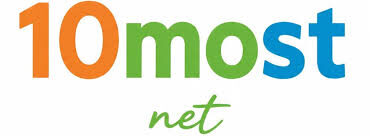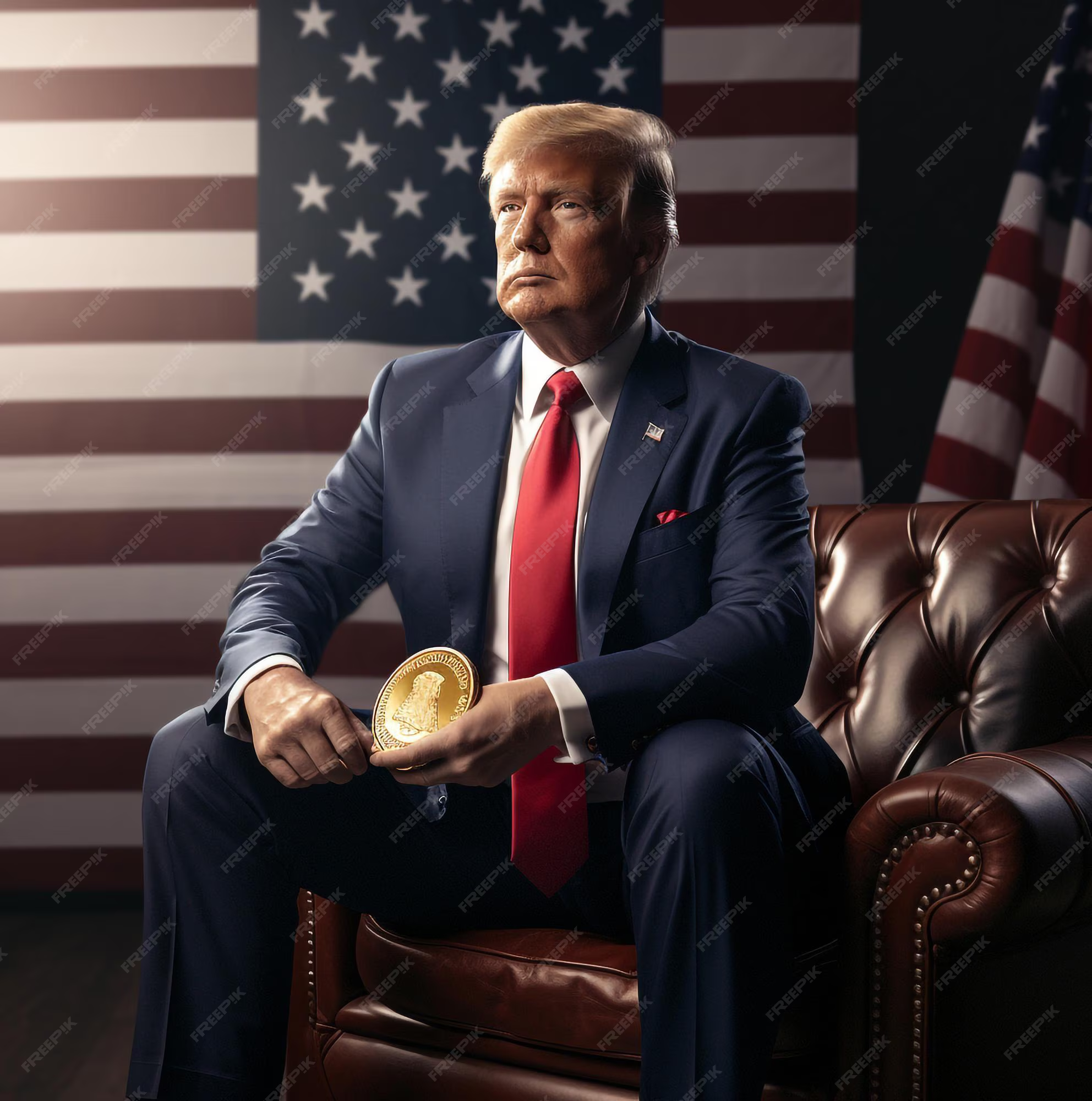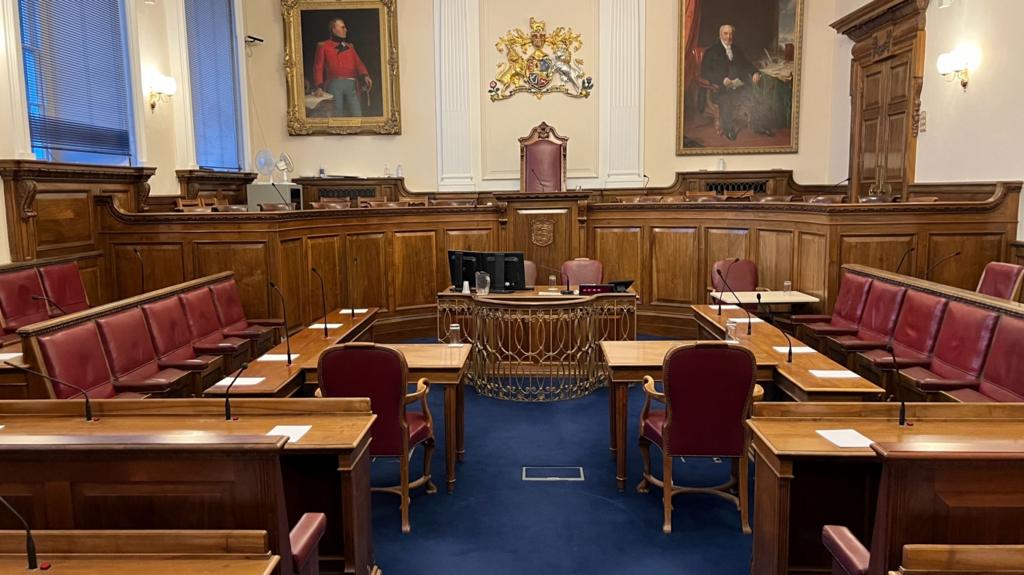AI Generated Image of World Leaders Waiting for Trump Explained
In the fast-evolving digital landscape, images travel faster than ever before—and so do questions about their authenticity. One of the most recent viral sensations is an image that appears to show world leaders waiting in line for Donald Trump, suggesting his unmatched influence on the global stage. But within hours of circulation, fact-checkers and digital analysts confirmed that this striking photo was not real at all. Instead, it was the product of AI image generation, raising important discussions about misinformation, technology, and public perception.
This article explores the viral image in depth—how it spread, why it was created, how experts identified it as fake, and what it tells us about the dangers and opportunities of artificial intelligence in today’s media ecosystem.
The Viral Image: A Snapshot of Global Power?
At first glance, the image seems dramatic: a long row of prominent world leaders—figures resembling Vladimir Putin, Volodymyr Zelensky, Xi Jinping, Emmanuel Macron, and Rishi Sunak—appearing to stand awkwardly in a lobby, waiting for former U.S. President Donald Trump to arrive.
The framing was intentional. The photo suggested that global politics revolved around Trump, who has consistently branded himself as a dominant negotiator on the world stage. Supporters quickly shared it across Twitter (X), Facebook, Telegram, and TikTok, with captions implying that “even the most powerful leaders wait for Trump.”
The image resonated with Trump’s base, reinforcing narratives of his importance. But for analysts and casual viewers alike, something felt off.
First Clues That Something Was Wrong
Even before experts weighed in, attentive viewers noticed visual inconsistencies:
Odd Proportions: Some leaders appeared taller or shorter than in reality, with slightly distorted shoulders and arms.
Unnatural Lighting: Shadows and reflections did not match the indoor environment.
Facial Details: While recognizable, the faces carried a glossy, airbrushed quality typical of AI rendering.
Clothing Errors: Ties blended into shirts, buttons appeared asymmetrical, and hands looked unnatural—classic giveaways of AI generation.
To trained eyes, these were red flags.
How Experts Confirmed It Was AI-Generated
Digital forensic analysts quickly applied image verification tools and AI-detection software to analyze the viral photo. Among their methods:
Reverse Image Search: No credible source or official agency had ever published the image before, indicating it was synthetic.
Metadata Analysis: The file lacked the kind of embedded data typically present in authentic press photos.
AI Artifact Detection: Using specialized software, experts identified patterns common in images created by tools like MidJourney, DALL·E, or Stable Diffusion.
Contextual Verification: There was no record of such a gathering taking place—no press coverage, no scheduling, no official acknowledgement.
Within 24 hours, multiple fact-checking organizations, including Reuters Fact Check, AP Fact Check, and independent digital watchdogs, confirmed the image was AI-generated.
Why Was the Image Created?
The motivations behind creating AI-generated political content can vary. In this case, analysts point to several possible reasons:
Political Messaging: To suggest Trump’s dominance over world leaders, reinforcing campaign narratives.
Satire or Meme Culture: Some creators generate such images as parody, though the satirical intent can easily be lost.
Misinformation Campaigns: In more concerning cases, adversarial actors use AI-generated images to mislead or manipulate public opinion.
Engagement Farming: Viral images attract clicks, likes, and shares, generating revenue for content creators regardless of truth.
The ambiguity of intent highlights a challenge: once an AI-generated image enters the digital bloodstream, its meaning often shifts depending on who shares it.
The Broader Problem of AI Images in Politics
This incident is not isolated. Over the past year, AI-generated images have circulated widely during politically sensitive moments. Examples include:
Pope Francis wearing a puffy designer jacket, which fooled millions before being debunked.
Fake images of Trump being arrested in New York, which spread ahead of his actual legal appearances.
Doctored war photos from Ukraine and Gaza, designed to sway international opinion.
The Trump “leaders waiting” image fits into this growing trend of synthetic visuals shaping narratives. With AI tools becoming more advanced and accessible, the boundary between truth and fiction in political imagery is blurring faster than regulators can respond.
How to Spot AI-Generated Images
For everyday internet users, the key is critical visual literacy. Experts recommend watching for these common AI markers:
Asymmetry: Lapels, buttons, and clothing folds may appear mismatched.
Over-Smoothing: Faces sometimes look too perfect, lacking pores or realistic texture.
Background Oddities: Blurred, inconsistent, or surreal environments.
Lighting Issues: Shadows that don’t align or light sources that don’t make sense.
Practicing skepticism—especially with images that confirm political biases—is crucial.
The Ethical Debate: Free Speech vs. Manipulation
The Trump “waiting leaders” photo also reignites the ethical debate surrounding AI art and misinformation:
Free Expression: Supporters argue that AI tools are simply another form of creative expression, like cartoons or political caricatures.
Manipulation Concerns: Critics argue that without clear labeling, AI images can mislead voters, inflame divisions, and distort reality.
Platform Responsibility: Should companies like X, Facebook, or TikTok remove or label AI content? Or does that risk censorship?
The debate remains unresolved, but as election seasons approach in multiple countries, the urgency for solutions grows.
The Role of Regulation and Fact-Checking
Governments and tech companies are beginning to address the problem. Some initiatives include:
Content Labeling: Platforms testing “AI-generated” watermarks.
Legislation: The EU’s AI Act and U.S. state-level laws proposing restrictions on political deepfakes.
Education Campaigns: Fact-checkers working to teach the public about spotting synthetic content.
Tech Solutions: AI-detection tools improving in accuracy, though they still face limitations.
The Trump leaders photo underscores why these measures are vital. Without them, misinformation risks eroding trust not just in politicians but in all visual evidence.
Public Reaction
Reactions to the image varied widely:
Trump Supporters: Many embraced it, interpreting it literally as proof of Trump’s stature.
Critics and Satirists: Others mocked it, calling it “AI propaganda at its most desperate.”
Neutral Observers: A significant portion admitted they were fooled initially, only learning the truth after fact-checks circulated.
This range of responses shows how easily AI images can polarize communities, fueling division.
Lessons from the Trump AI Image
The controversy around the “leaders waiting” photo offers important takeaways:
Viral AI images are here to stay—and will become more convincing.
Fact-checking and digital literacy are essential defenses.
Political actors will exploit AI—whether for satire, propaganda, or misinformation.
Conclusion
The AI-generated image of world leaders waiting for Trump might seem like a curious footnote in the digital age, but it carries deeper significance. It reflects a world where seeing is no longer believing, and where artificial intelligence can instantly craft narratives that spread faster than truth.
As AI tools continue to evolve, the responsibility falls on platforms, regulators, journalists, and ordinary citizens to navigate this new reality. In the meantime, the Trump image serves as both a warning and a lesson: in the digital age, critical thinking is more important than ever.
http://AI generated image of world leaders waiting for Trump explained




This design is steller! You most certainly know how to keep a reader amused.
Between your wit and your videos, I was almost moved to start my own blog (well,
almost…HaHa!) Wonderful job. I really loved what you had to
say, and more than that, how you presented it. Too cool!